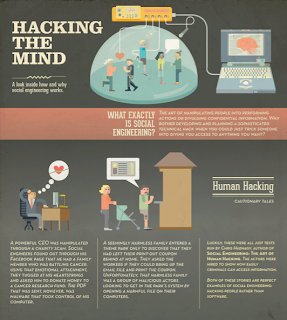As we embark on another year as educators, we have a lot to think about with regard to designing new tasks made possibly by technology. We’ve heard and read countless times about how we are educating kids for jobs we don’t know will exist, resulting from technological advances happening at lightening speed, to the point where it seems overwhelming to keep up. And it is not likely to abate any time soon. We are no longer in a world that is changing a certain amount every year. The luxury of a slow, linear, arithmetic approach is gone. Instead, our learners are operating in a world that is changing exponentially.
We recently came across the motion graphic "
Trillions," produced by
Maya Design for the book
Trillions: Thriving In the Emerging Information Ecology by Peter Lucas, Joe Ballay, and Mickey McManus. The
video gives an overview of how we arrived where we are in computing today using a time line based on seconds. The authors make the point that designing for trillions is a huge challenge, bigger than any we have ever faced.
Trillions from
MAYAnMAYA on
Vimeo.


It was the line in the video that “
computing is an ecology” and that it is all around us – “
not information in the computers, but people in the information” – that made us think: What do we mean by ecology? The standard definition for the word didn’t seem to help, and we wanted a way for our students to get a better grasp of how ecology relates to computing.
This is how we came up with the term
e-cology and the subsequent definition: the branch of sociology that deals with the transmission, creation, and design of digital content and its interrelationship with society and the environment.
If we want our learners to have a stake in the developing digital world, we need to consider how we educate them in this new e-cology. We rapidly see the changing face of jobs now, let alone 12 years from now when out current kindergarten students will graduate from high school. New positions for social media, digital asset management, and data visualization are just a few of the employment opportunities that were in their infancy just five years ago.
Startups are also on the rise in many fields, including education. We see the extent of new types of opportunities for educators, and we don’t just mean companies trying to market material for the Common Core. The challenges do seem enormous for our students, but the risk of not facing the need for changing education in our schools is far greater. We need a paradigm shift in curricula now to accommodate the changing e-cology or we will fall further behind as a society of innovators.























